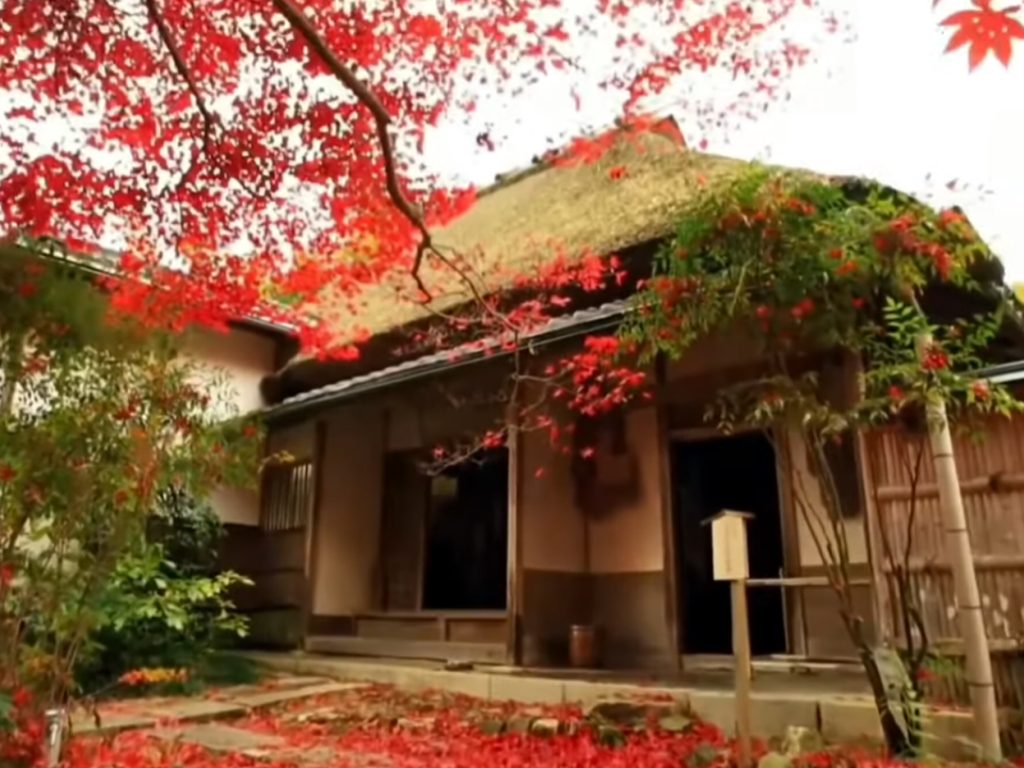
Jikishi-an Temple is a hidden gem in Arashiyama, a popular tourist destination in Kyoto, Japan. It is located in the back of Arashiyama, a 15-minute walk from Daikaku-ji Temple. The temple is surrounded by tranquility, even though it is surrounded by the hustle and bustle of Arashiyama.
Jikishi-an Temple was founded by Dokushoseien, a monk from Nanzen-ji Temple who studied Zen Buddhism. He built a hut on this site in 1646 and named it Jikishi-an Temple. The name Jikishi-an Temple comes from the Zen phrase “jikishi-ninshin,” which means “to directly point to the mind.”
Jikishi-an Temple once had a large complex of buildings, but it fell into decline after Dokushoseien’s death. In the late Edo period, the temple was revived by Tsunaki Muraoka-no-tsubone, a former lady-in-waiting to the Konoe family who was a supporter of the Meiji Restoration. She devoted herself to the education of local girls, and her legacy continues to this day.
The main hall of Jikishi-an Temple houses a “Omoide-gusa” notebook where visitors can write their thoughts and feelings. The temple grounds also have a “souvenir grass Kannon statue” and a “love-encounter Jizo statue,” which are popular spots for women.
外国人観光客を交え、紅葉を求めてやってくる観光客でごった返す嵐山の奥、大覚寺からさらに徒歩15分、奥嵯峨のどん詰まりにあるのが直指庵。紅葉の隠れたスポットでもあります。年中参拝者も少なく静寂に包まれていて、嵐山の喧騒からは想像もつかない落ち着いた雰囲気のお寺です。
臨済禅を学んだ南禅寺の僧、独照性円がこの地に草案を結び、後に直指庵と名付けました。直指庵という名前は禅語「直指人心(じきしにんしん / 自身の内面を直視し、本当の自分を把握すること)」に由来しています。一時は伽藍を配する大寺院になりましたが、その後は衰退の一途を辿り、江戸末期には独照の墓堂を残すのみになりました。
これを再興したのが、幕末の尊皇攘夷運動家である近衛家の老女、津崎村岡の局です。土地の子女の訓育に心血を注ぎ、今に引き継がれています。
葦葺の本堂には拝観者が思いの丈を綴る「想い出草」ノートが置かれ、境内には「想い出草観音像」や仲良く寄り添う「愛逢地蔵様」が配置されていて、多くの女性の人気スポットになっています。
